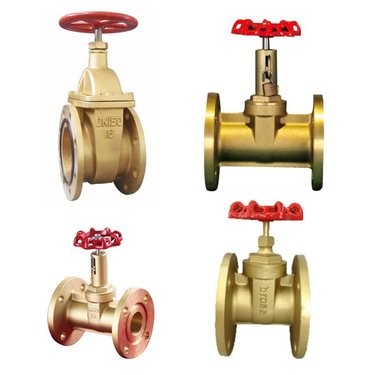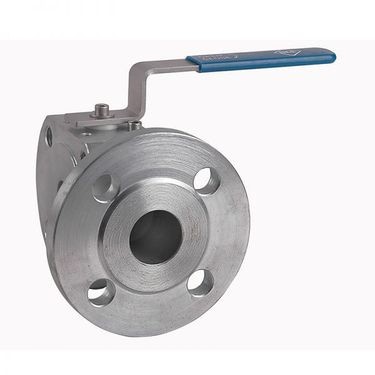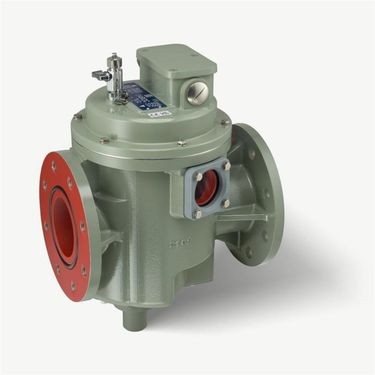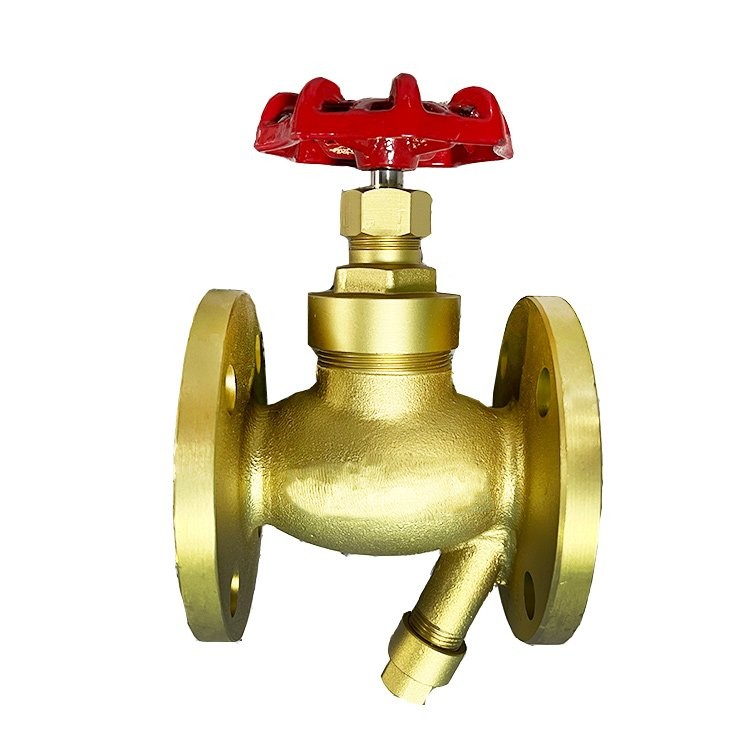Transformer Valve
Valves in oil-immersed transformers are indispensable accessories. Their primary functions are to control the flow of transformer oil, perform sampling, inject oil, drain oil, create a vacuum, and connect external equipment (such as oil purifiers, Buchholz relay testers, etc.) when necessary. This ensures the transformer's normal operation, maintenance, and fault diagnosis.
I. Main Types of Valves and Their Functions
Common valves found on oil-immersed transformers include the following:
1. Butterfly Valve
This is the most common and numerous valve on a transformer.
Function: Installed in the piping between the transformer tank and various accessories (such as radiators, conservators, oil purifiers, bushings, etc.). Its core purpose is isolation.
Operational States:
Open: Allows transformer oil to flow freely between components.
Closed: Isolates the transformer main body from an accessory or oil circuit, enabling the disassembly, repair, or replacement of that component without draining all the oil from the main tank.
Typical Locations: Radiator inlet/outlet, conservator pipe connection, oil purifier inlet/outlet.
2. Ball Valve / Gate Valve
Typically used for terminal operations on the transformer's oil system.
Function: Used for oil sampling, oil filling, oil draining, and vacuum pumping.
Characteristics: Offer good sealing performance, are simple to operate, and can withstand relatively high pressure.
Typical Locations:
Sampling Valve: Usually a small-bore ball valve located on the side or bottom of the tank for extracting oil samples for chromatographic analysis, dielectric strength testing, etc.
Oil Filling/Draining Valve: Larger bore, located at the bottom of the tank (drain) and top of the tank (fill).
Vacuum Valve: Located on the top of the tank to connect vacuum equipment for evacuating the tank interior to remove moisture before oil filling.
3. Vent Plug / Air Release Valve
Function: Used to release gas trapped at the highest points of the equipment. Air can accumulate inside oil channels or radiators during oil filling or operation, affecting cooling and insulation performance. Vent plugs are used to release this gas.
Typical Locations: Top of radiators, top of bushing hoods, top of the conservator.
4. Pressure Relief Valve
This is a safety protection device. Although called a "valve," its function is more akin to a "safety valve."
Function: In the event of a serious internal fault (e.g., a short circuit) causing a rapid increase in pressure and oil gas, the pressure relief valve opens instantly to eject the oil gas and relieve pressure. This prevents the tank from deforming or rupturing due to overpressure. After the fault subsides, the valve disc automatically closes to prevent external air and moisture from entering.
5. Other Special Valves
Vacuum Valve: Some large transformers are equipped with dedicated vacuum valves whose sealing structure is better suited for high vacuum requirements.
II. Key Technical Parameters of Valves
The following technical parameters are critical when selecting and inspecting transformer valves:
1. Diameter (DN)
Refers to the nominal diameter, measured in millimeters (mm). It determines the oil flow rate.
Common Specifications: DN25, DN40, DN50, DN65, DN80, DN100, DN150, DN200, etc. Butterfly valves are larger, while ball valves like sampling valves are smaller (e.g., DN15, DN20).
2. Nominal Pressure (PN)
The maximum working pressure the valve can withstand at a specified temperature, measured in Megapascals (MPa).
Common Ratings: PN0.6MPa, PN1.0MPa, PN1.6MPa, PN2.5MPa, etc. Valves for transformers are typically PN0.6 and PN1.0.
3. Sealing Performance
This is a core indicator for valves, requiring zero leakage.
Test Standard: Valves must typically withstand a pneumatic or hydraulic test pressure not less than the nominal pressure for a specified duration (e.g., 30 minutes) without leakage.
Sealing Material: The seal material for the valve seat is crucial and must be resistant to transformer oil, aging, and high temperatures. Common materials include Nitrile Butadiene Rubber (NBR) and Fluoroelastomer (FPM).
4. Vacuum Performance
For valves involved in the transformer vacuum process (e.g., butterfly valves), they must maintain a seal under high vacuum without leaking air into the transformer.
Requirement: Typically must withstand a vacuum of 133 Pa (1 mbar) or lower for 24 hours, with a vacuum leak rate below a very small value (per manufacturer's internal standards).
5. Operating Torque
The torque required to open or close the valve, measured in Newton-meters (N·m). A lower torque means easier operation. This is particularly important for large butterfly valves.
6. Temperature Class
The valve materials (especially seals) must withstand the temperatures encountered during transformer operation.
Requirement: Typically must continuously withstand transformer oil temperatures of 105°C and higher short-term temperatures during fault conditions.
7. Material
Body/Disc: Usually cast steel (e.g., WCB), stainless steel (e.g., 304, 316), or quality carbon steel.
Stem: Usually stainless steel for corrosion resistance and strength.
Seals: Oil-resistant rubber (e.g., NBR, EPDM) or Polytetrafluoroethylene (PTFE).
8. Connection Type
Flanged Connection: The most common type, connected via bolts to flanges on the transformer piping. Flange standards include GB, JB, HG, or ANSI.
Threaded Connection: Mainly used for small-bore ball valves (e.g., sampling valves).
9. Open/Close Position Indication
Clear "OPEN" / "SHUT" or arrow indicators to prevent misoperation.
III. Example Technical Parameter Table (for a DN80 Butterfly Valve)
| Parameter Name | Technical Specification | Remarks |
|---|---|---|
| Valve Type | Flanged Butterfly Valve | - |
| Nominal Diameter (DN) | 80 mm | - |
| Nominal Pressure (PN) | 0.6 MPa | - |
| Seal Test Pressure | 0.66 MPa | Higher than PN |
| Strength Test Pressure | 0.9 MPa | 1.5 x PN |
| Vacuum Seal Performance | ≤ 133 Pa, No leakage for 24 hrs | Meets vacuum requirements |
| Operation Type | Lever Operated | Can be with wrench |
| Max. Operating Torque | ≤ 60 N·m | - |
| Body Material | Carbon Steel WCB | - |
| Stem Material | Stainless Steel 2Cr13 | Anti-rust |
| Seal Material | Nitrile Rubber (NBR) | Resistant to transformer oil |
| Temperature Range | -30 ~ +105 °C | - |
| Connection Standard | JB/T Flange Series Standard | Or as specified by customer |
INQUIRY
Categories
Latest News
Contact Us
Contact: Leon
Phone: 15897771555
E-mail: Leon@jovipower.com
Whatsapp:86 158 9777 1555
Add: ADDRESS: 2203# Building9 ,Zhonghong center square, Jiudu Rd 181#, Jianxi Luoyang Henan China




